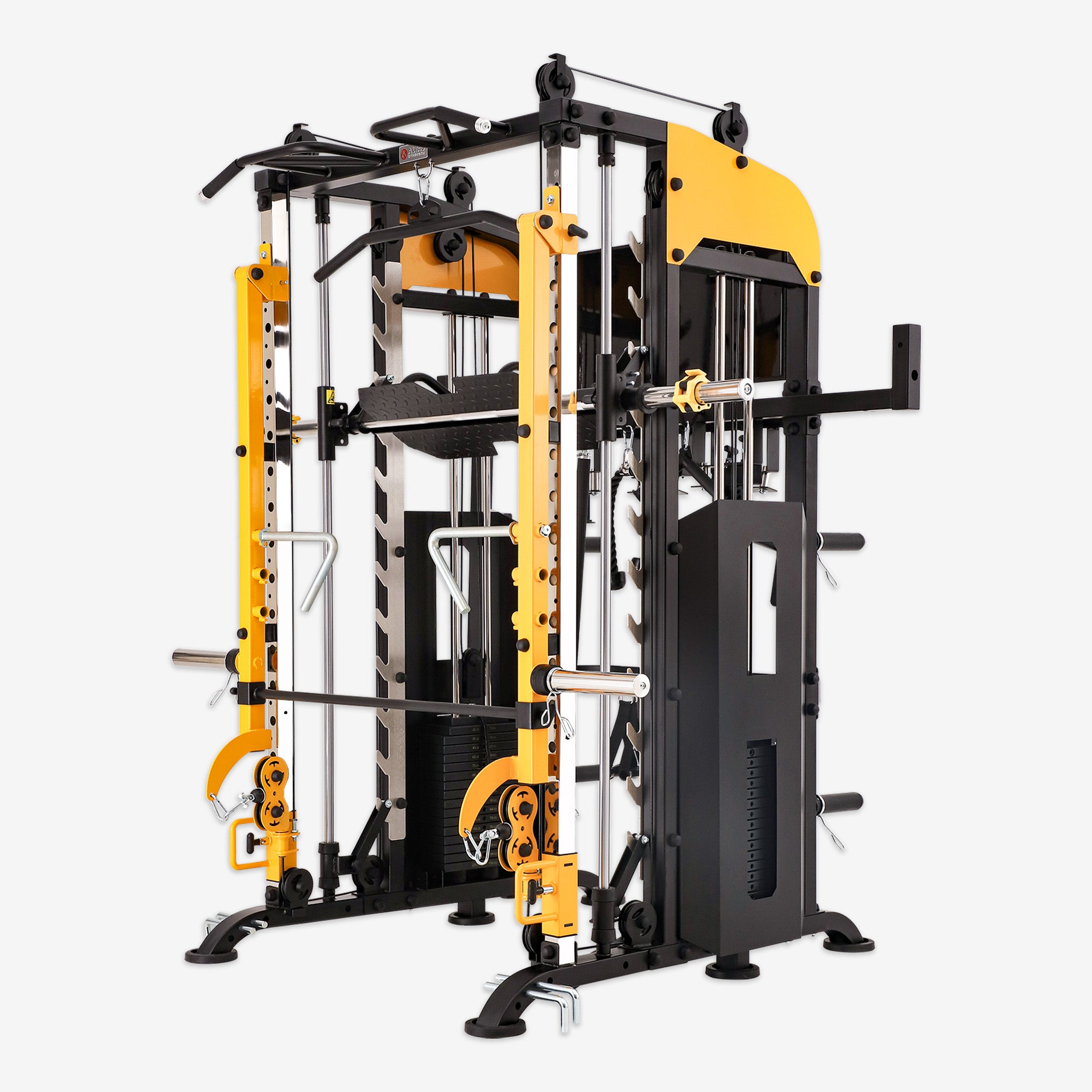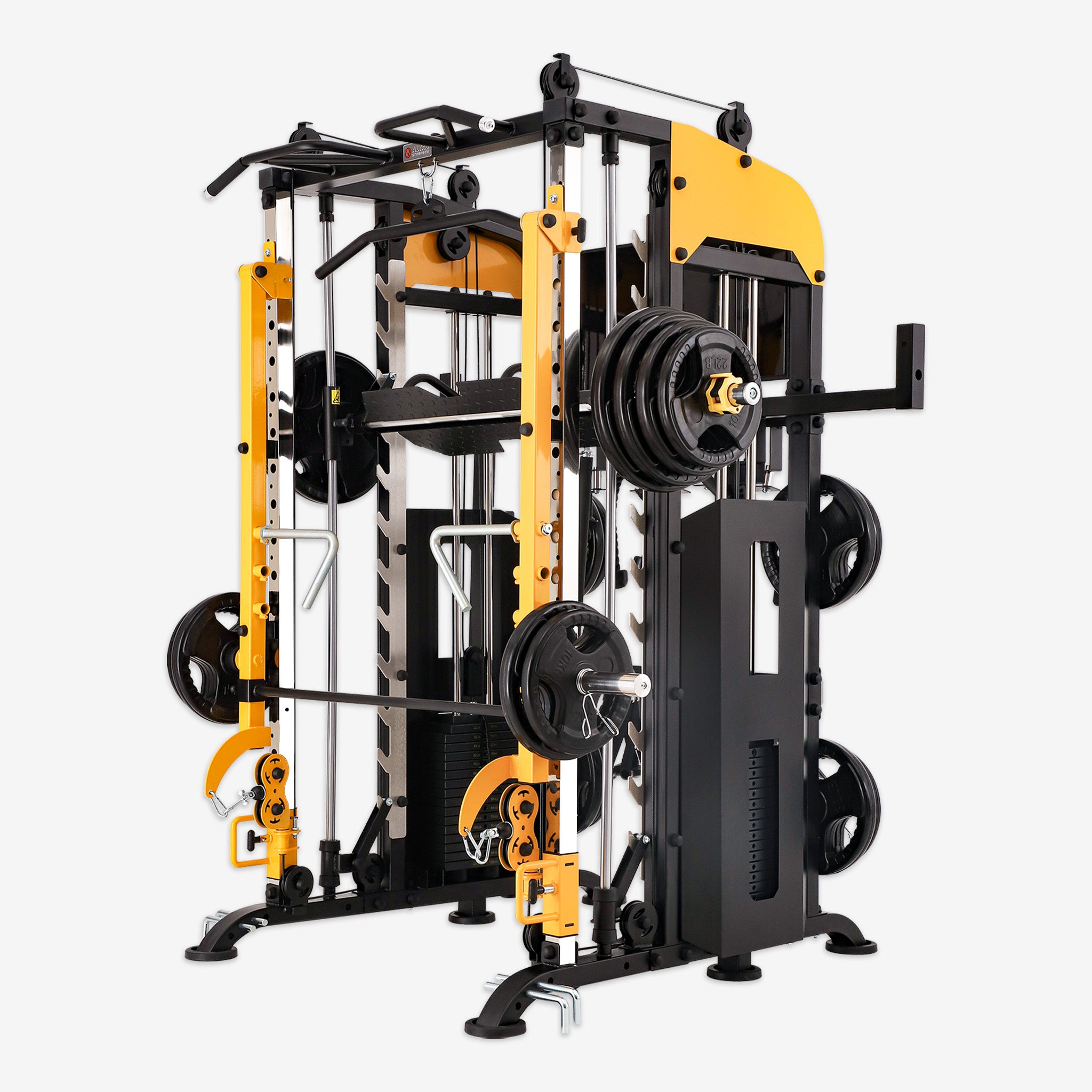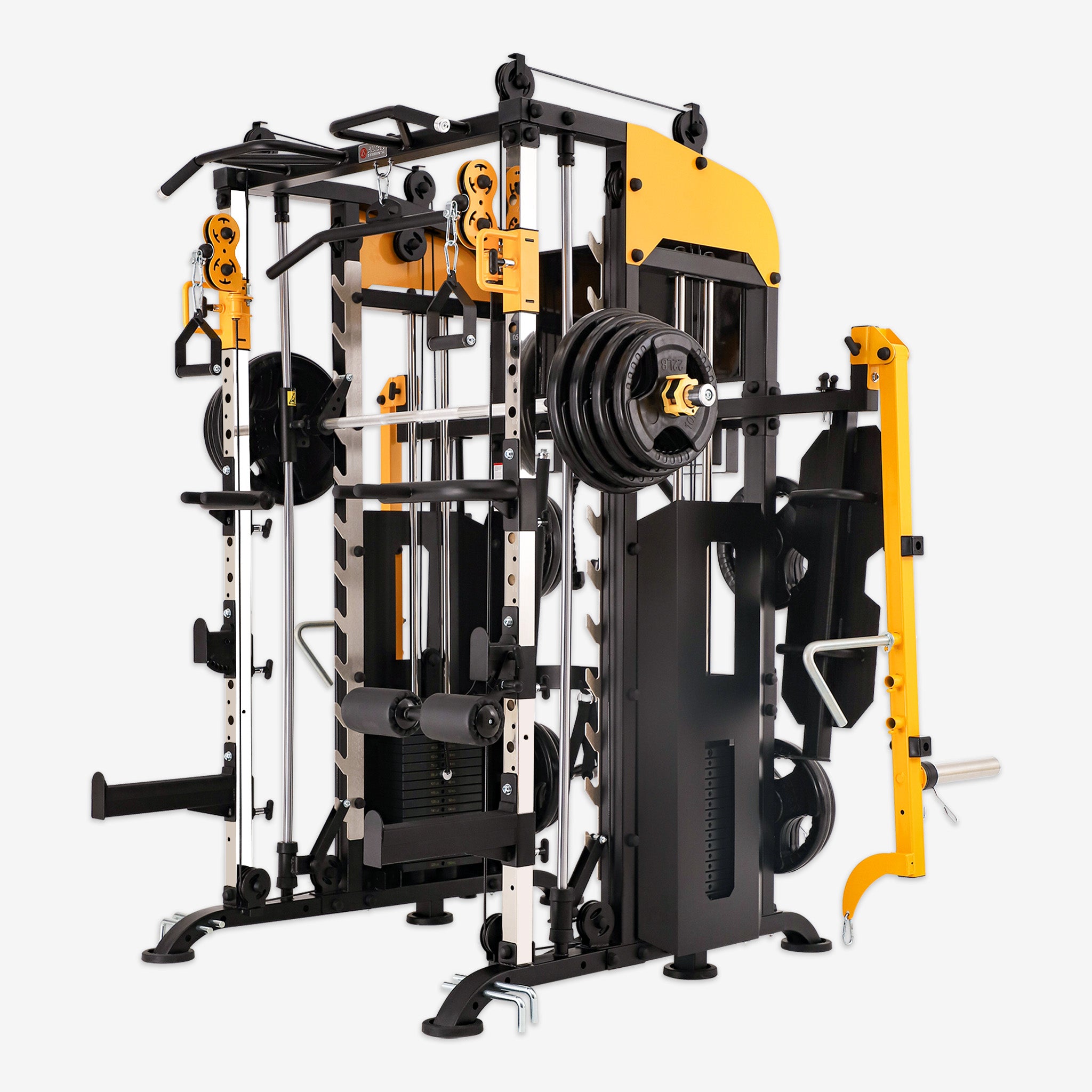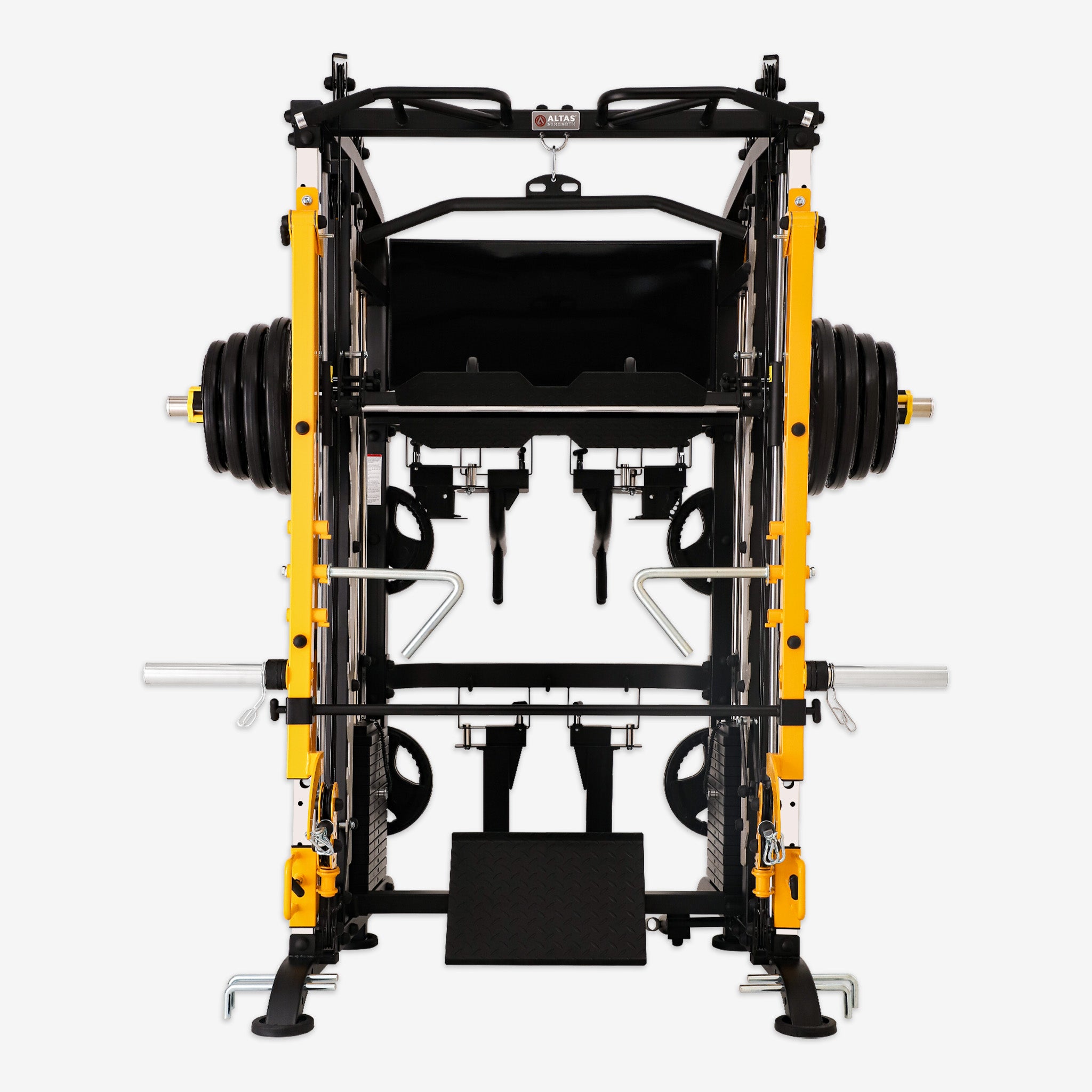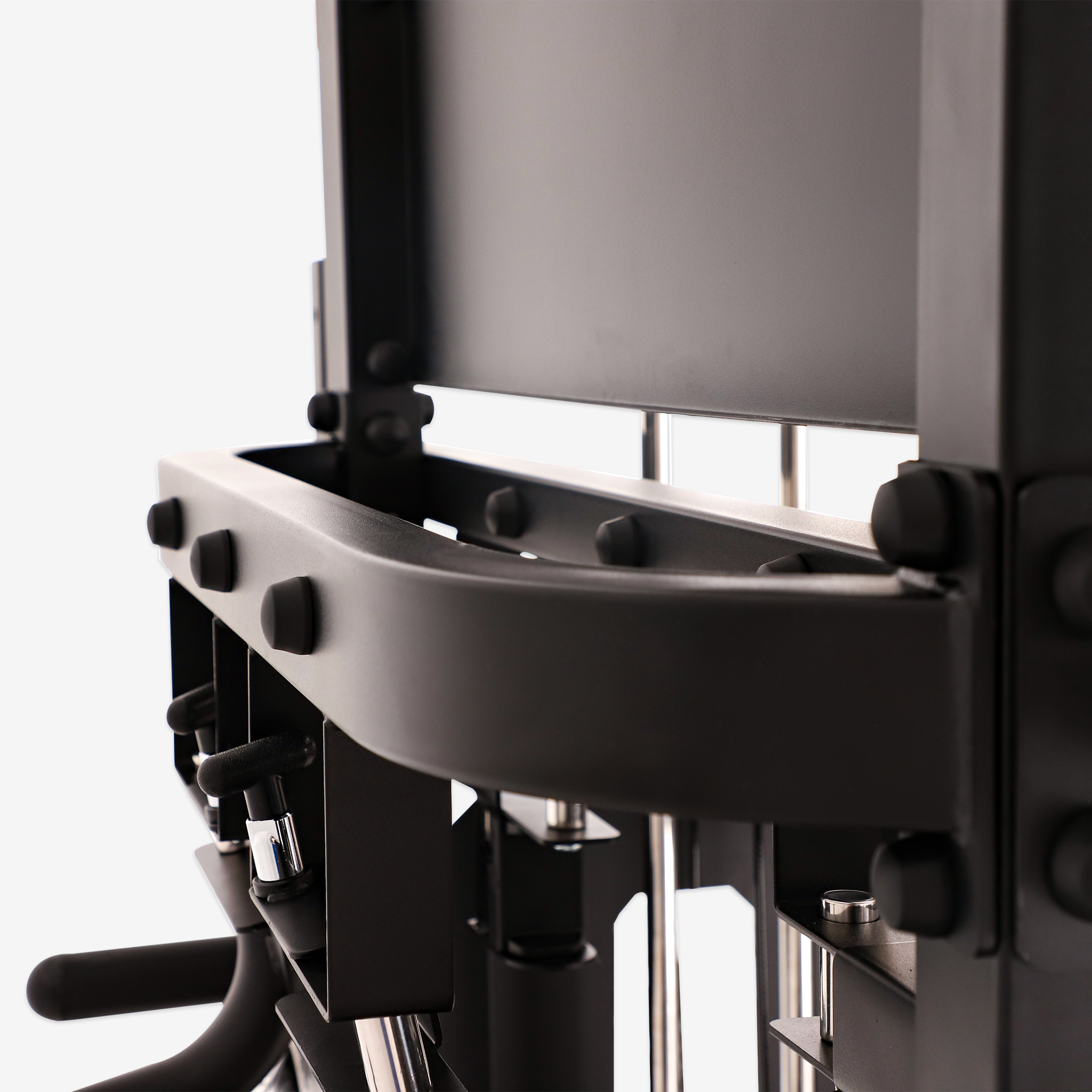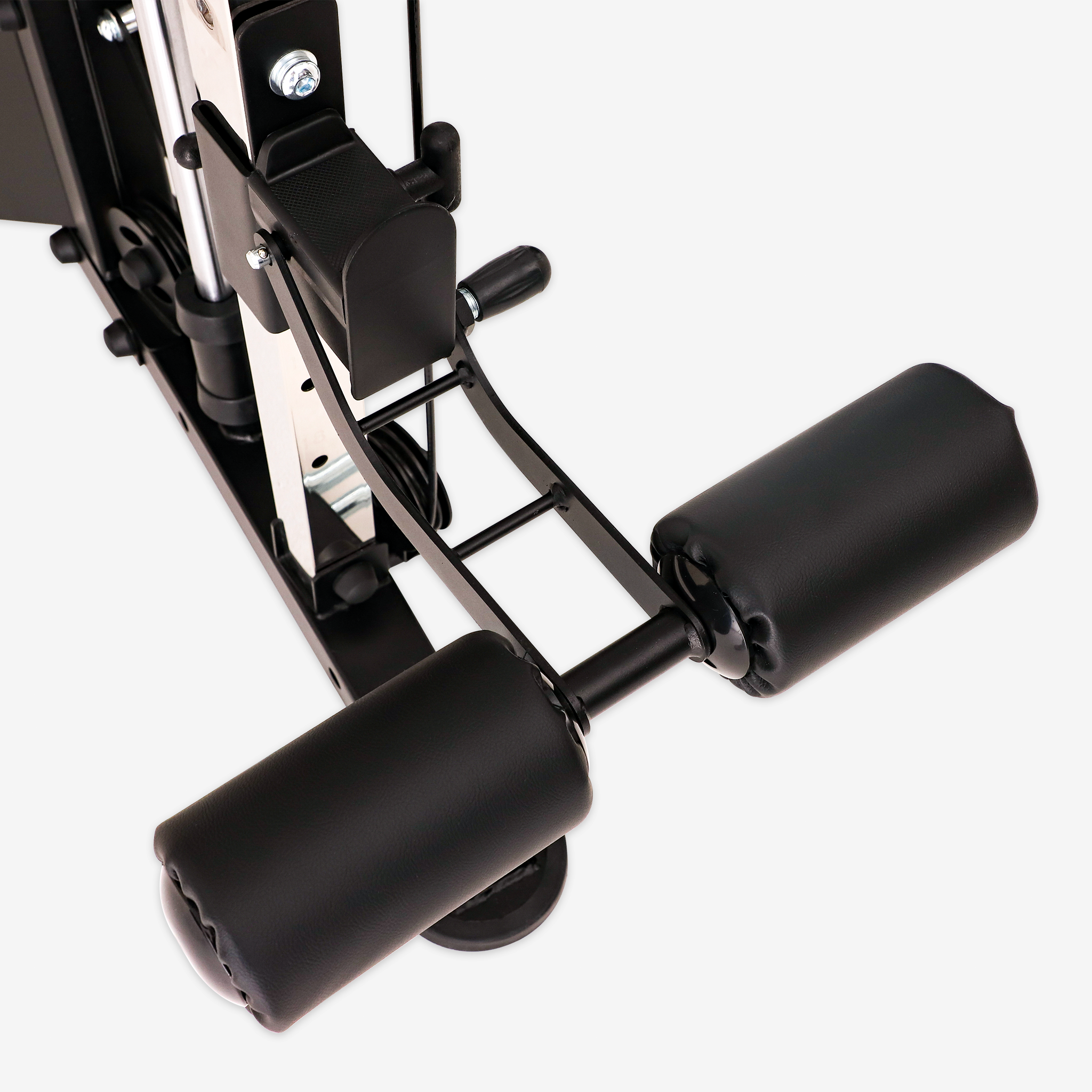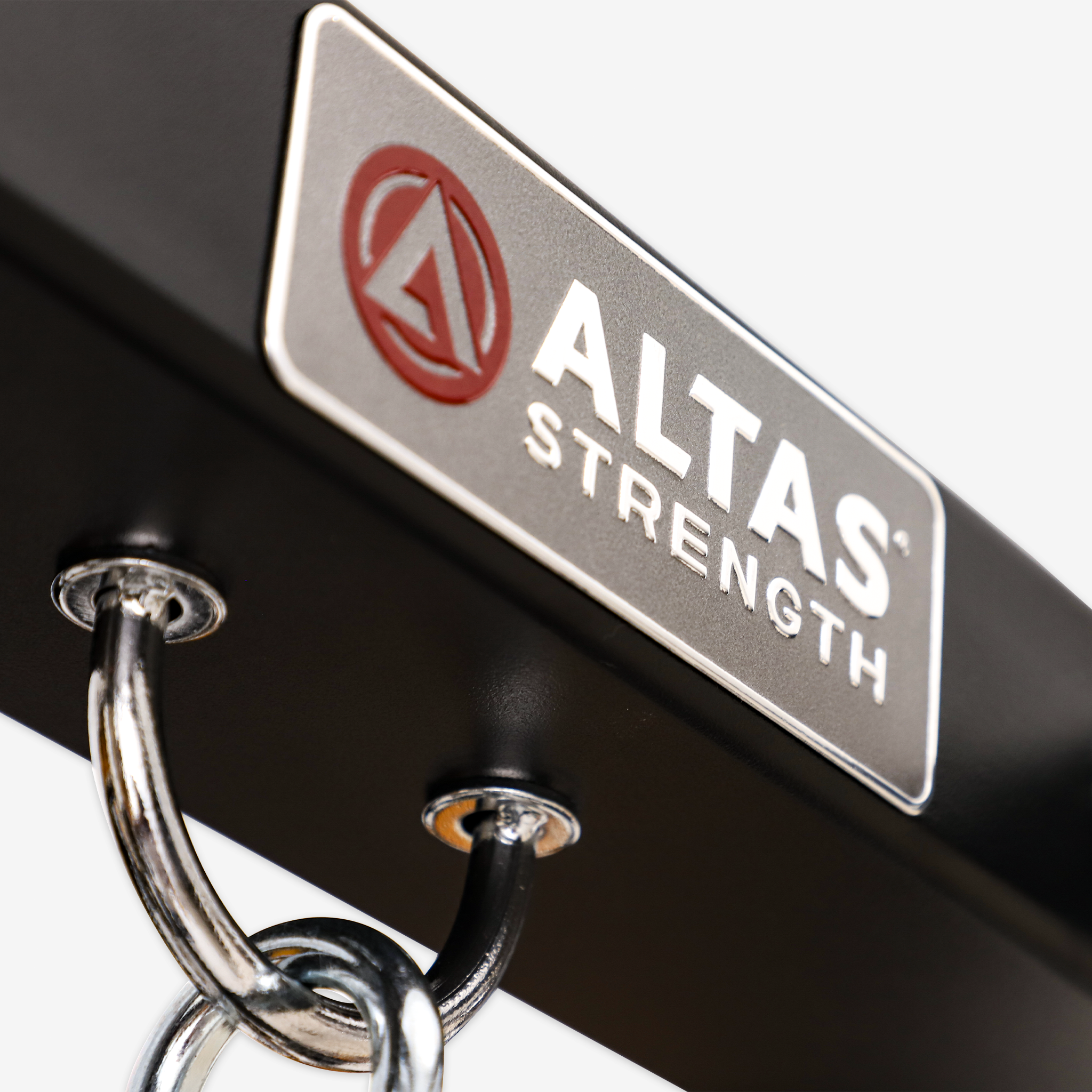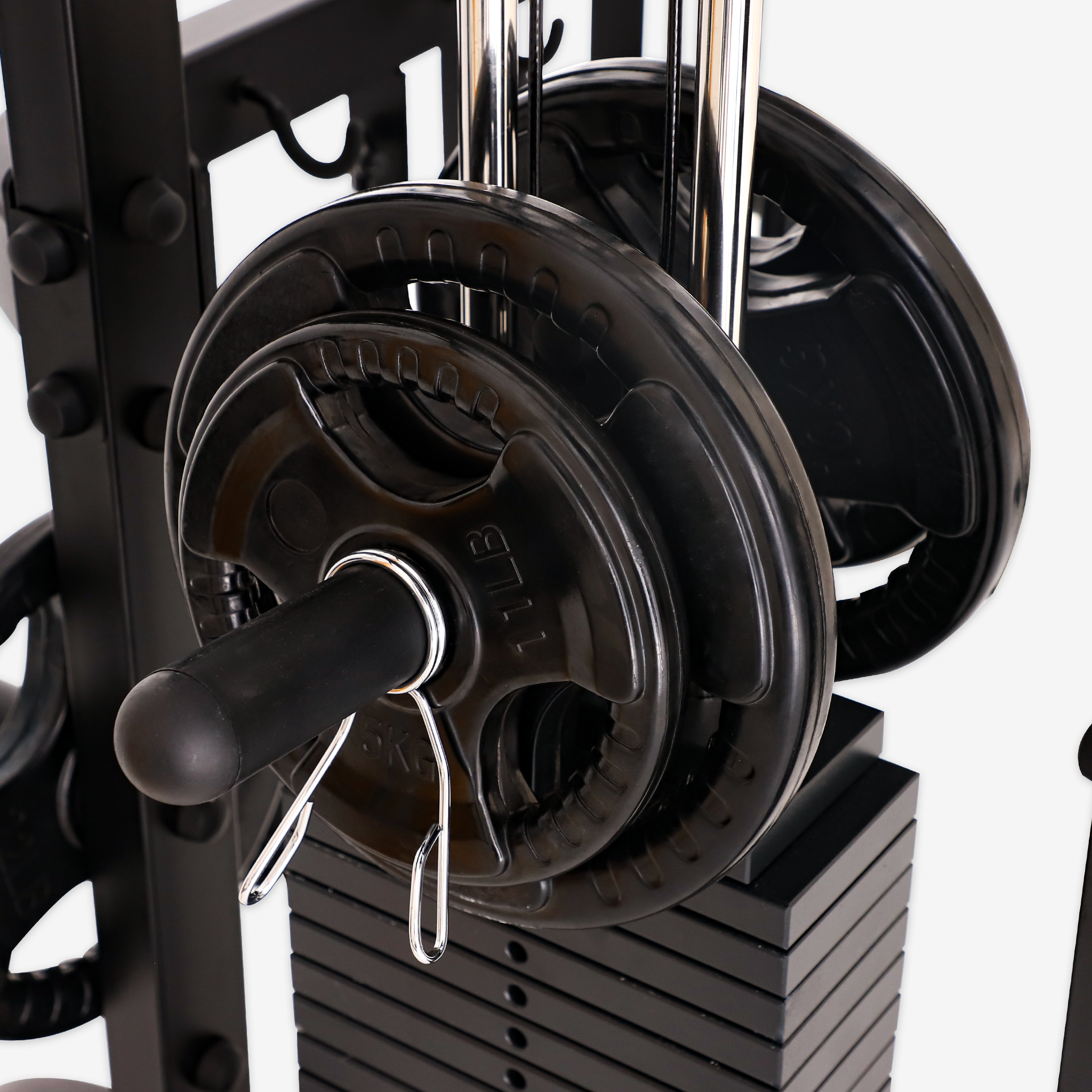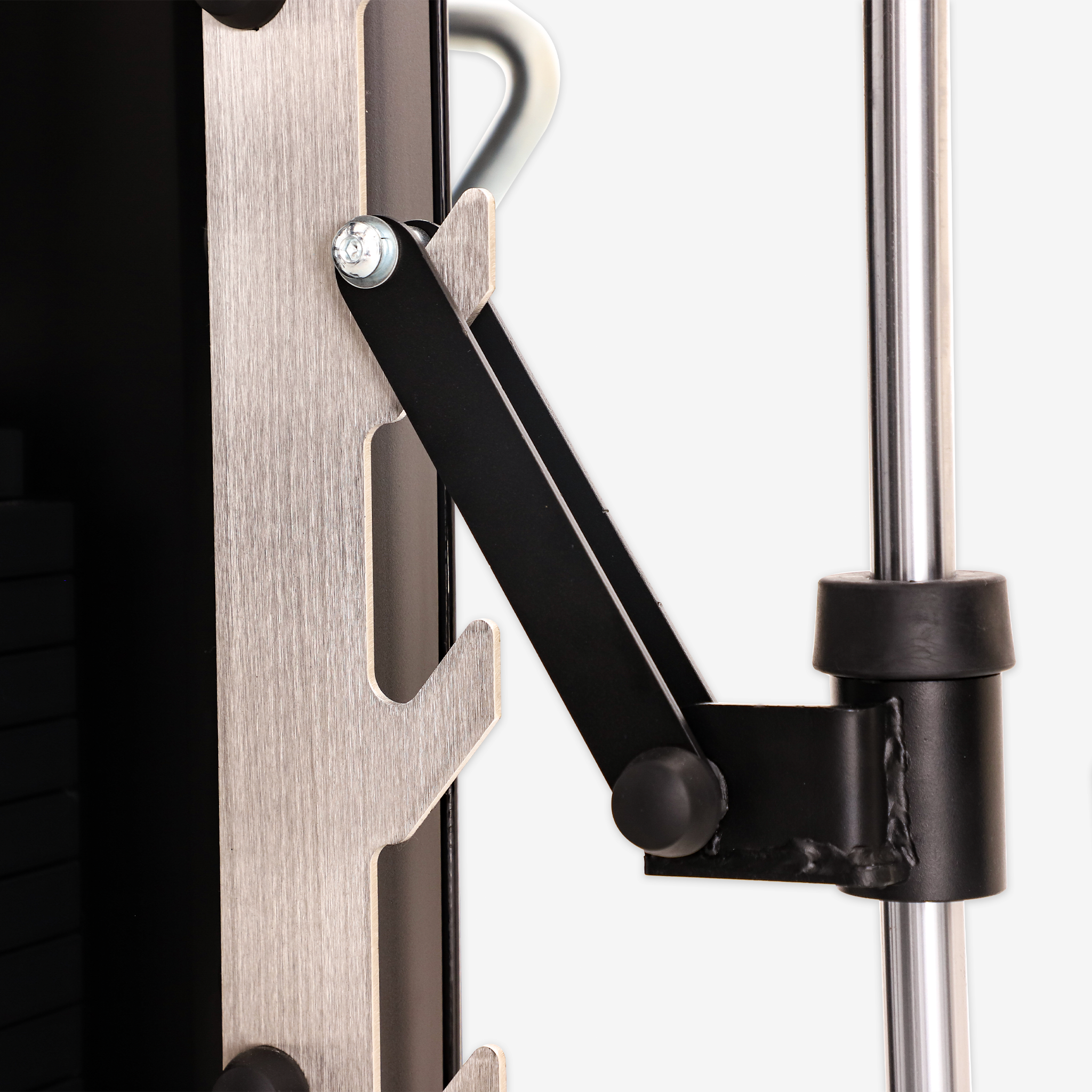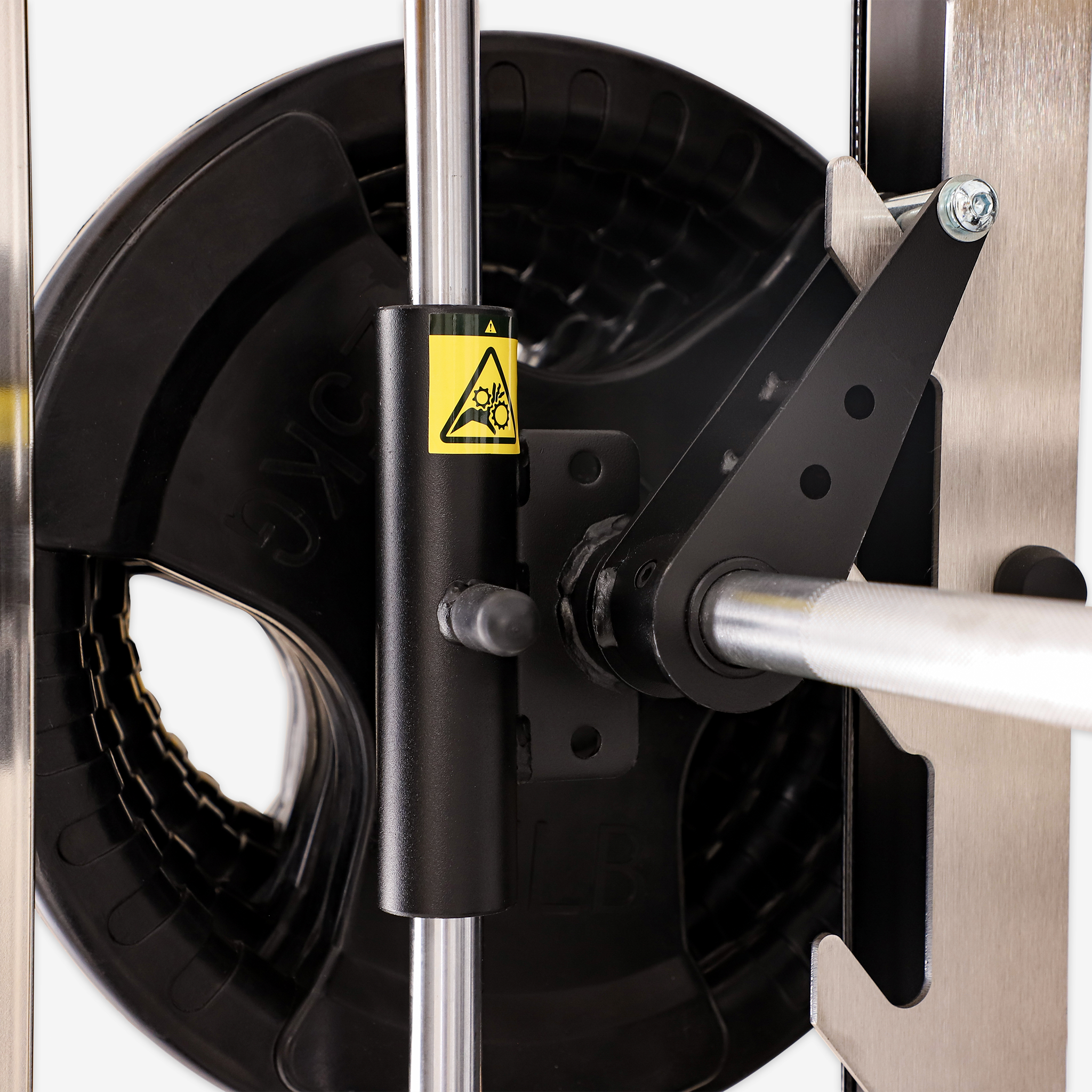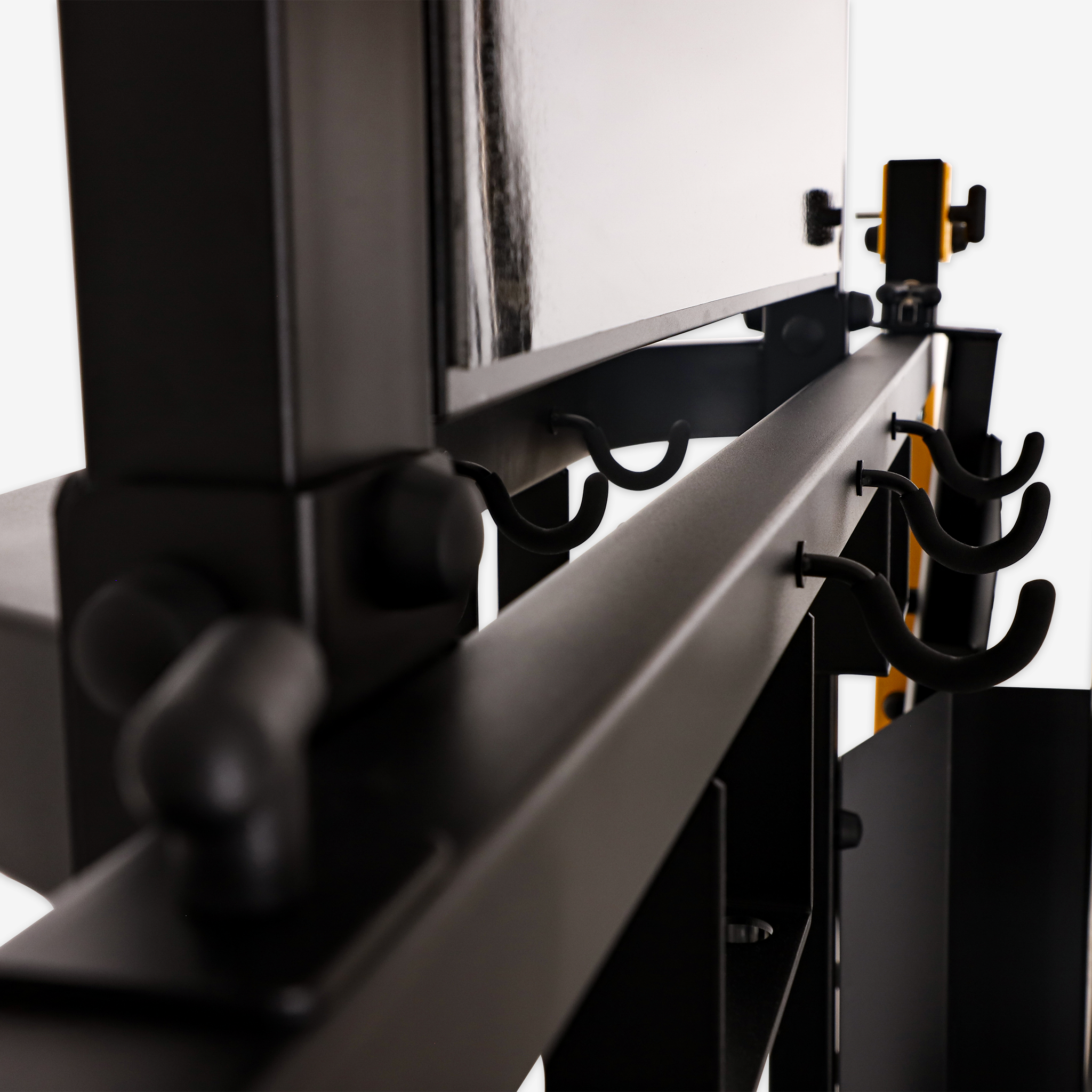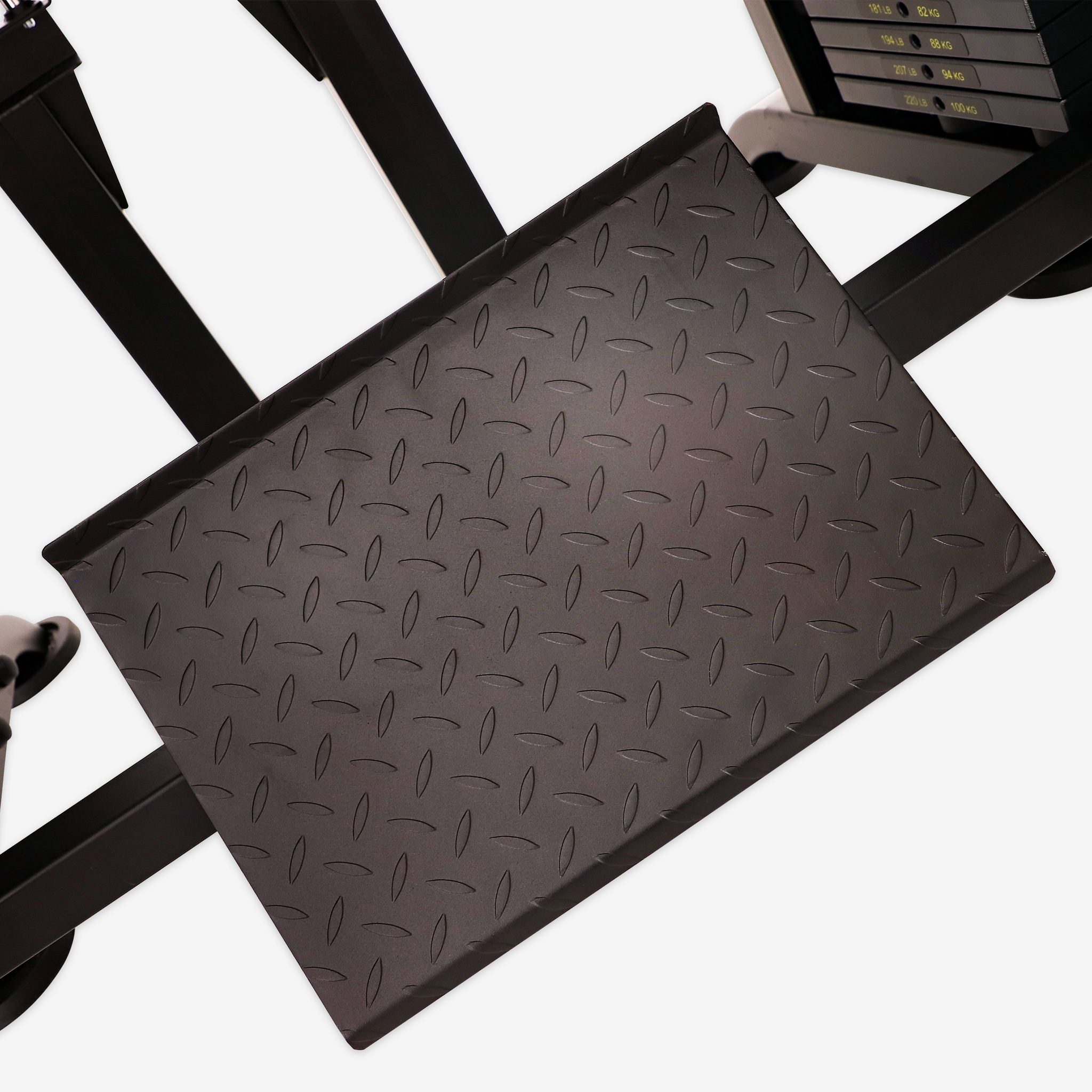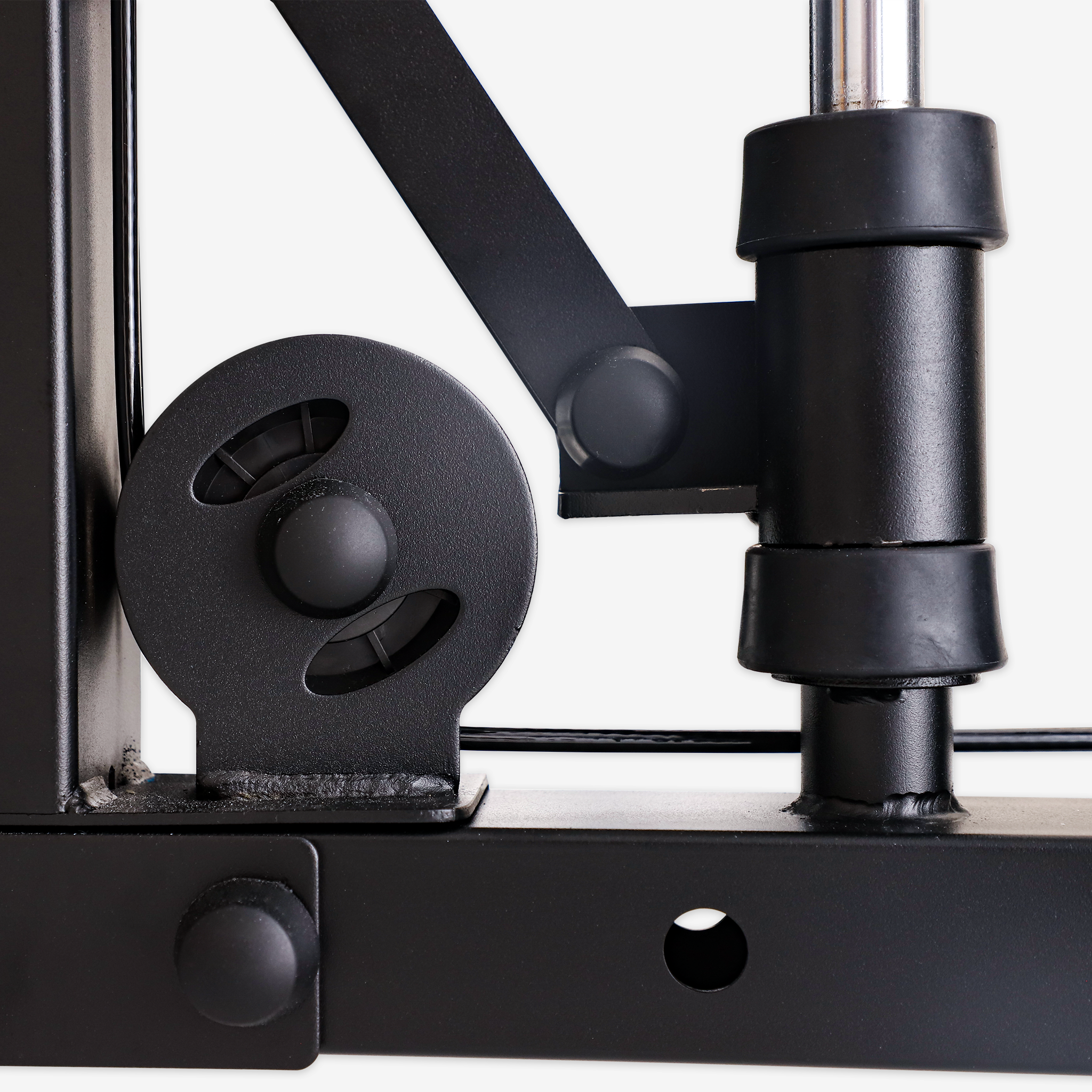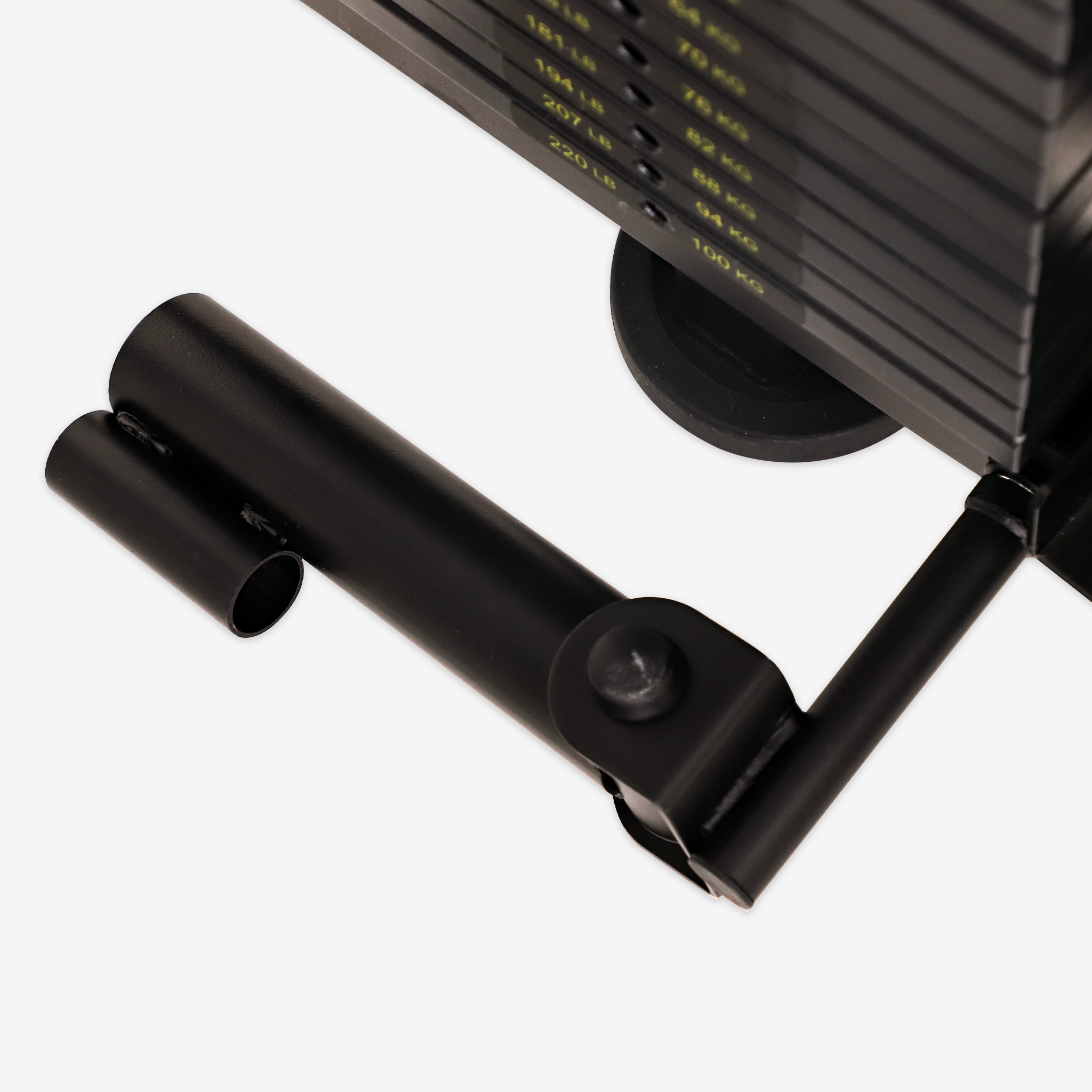The Smith Machine Sumo Squat is a powerful lower body exercise that targets the muscles in your legs and glutes, specifically emphasizing the inner thighs (adductors), quadriceps, and gluteus maximus. The Smith machine provides additional stability, making it a great option for both beginners and advanced trainees looking for safe and effective squat variations.
I. Key Benefits of the Smith Machine Sumo Squat
-
Stability: The vertical rails of the Smith machine guide your movements, reducing the challenge of balance. This is particularly useful for beginners or individuals who may struggle with the balance required for free-weight squats.
-
Enhanced Muscle Activation: The wider stance of the sumo squat engages more of the adductor muscles (inner thighs), while still effectively targeting the quadriceps and glutes. This makes it an excellent exercise for overall leg development and muscle definition.
-
Safety: The controlled range of motion provided by the Smith machine makes it a safer alternative, especially for those training without a spotter. The built-in safety locks can prevent accidents when muscle fatigue sets in.
II. Correct Execution Steps
-
Starting Position Setup
- Position yourself under the bar of the Smith machine, with your feet wider than shoulder-width apart and your toes pointed slightly outward.
- Place the barbell across the upper part of your shoulders, resting it comfortably.
-
Grip the Barbell
- Hold the barbell with a grip slightly wider than shoulder-width, ensuring your wrists remain firm but not overextended.
-
Squat Motion
- Engage your core and maintain a straight back.
- Slowly lower your body into a squat, bending your knees and pushing your hips back. Continue lowering until your thighs are parallel to the ground or slightly lower.
- Keep your knees aligned with your toes, avoiding any inward or outward movement.
-
Rising Motion
- Push through your heels to return to the starting position, rising in a controlled manner.
- Avoid locking your knees at the top and maintain balance throughout the movement.
-
Breathing Control
- Inhale as you descend, and exhale as you rise. Proper breath control helps stabilize your body and ensures a smooth movement.
III. Important Precautions
-
Weight Selection
- Even with the Smith machine’s added stability, it’s important not to rely too heavily on the machine for support. Choose a manageable weight that allows you to maintain proper form.
-
Knee Alignment
- Ensure your knees stay aligned over your toes throughout the movement. This helps avoid undue stress on the knee joints. If you feel any discomfort in your knees, reduce the weight or adjust your stance.
-
Back Position
- Keep your back straight and avoid leaning too far forward or backward. Always engage your core to protect your lower back and maintain balance.
-
Warm-Up and Stretching
- Prior to performing sumo squats, do some lower-body warm-ups and dynamic stretches, such as lunges and hip rotations, to prepare your muscles and joints for the workout.
-
Gradual Weight Increase
- Avoid adding too much weight too soon. Gradually increase the load as your strength improves to ensure you maintain control throughout the exercise.
IV. Conclusion
The Smith Machine Sumo Squat is an effective and safe squat variation that enhances lower body muscle development, with particular focus on the adductors, glutes, and quadriceps. By focusing on proper form and execution, this exercise can help you build strength, improve muscle tone, and prevent injury. Always listen to your body, prioritize safety, and progressively challenge yourself for optimal fitness results.




